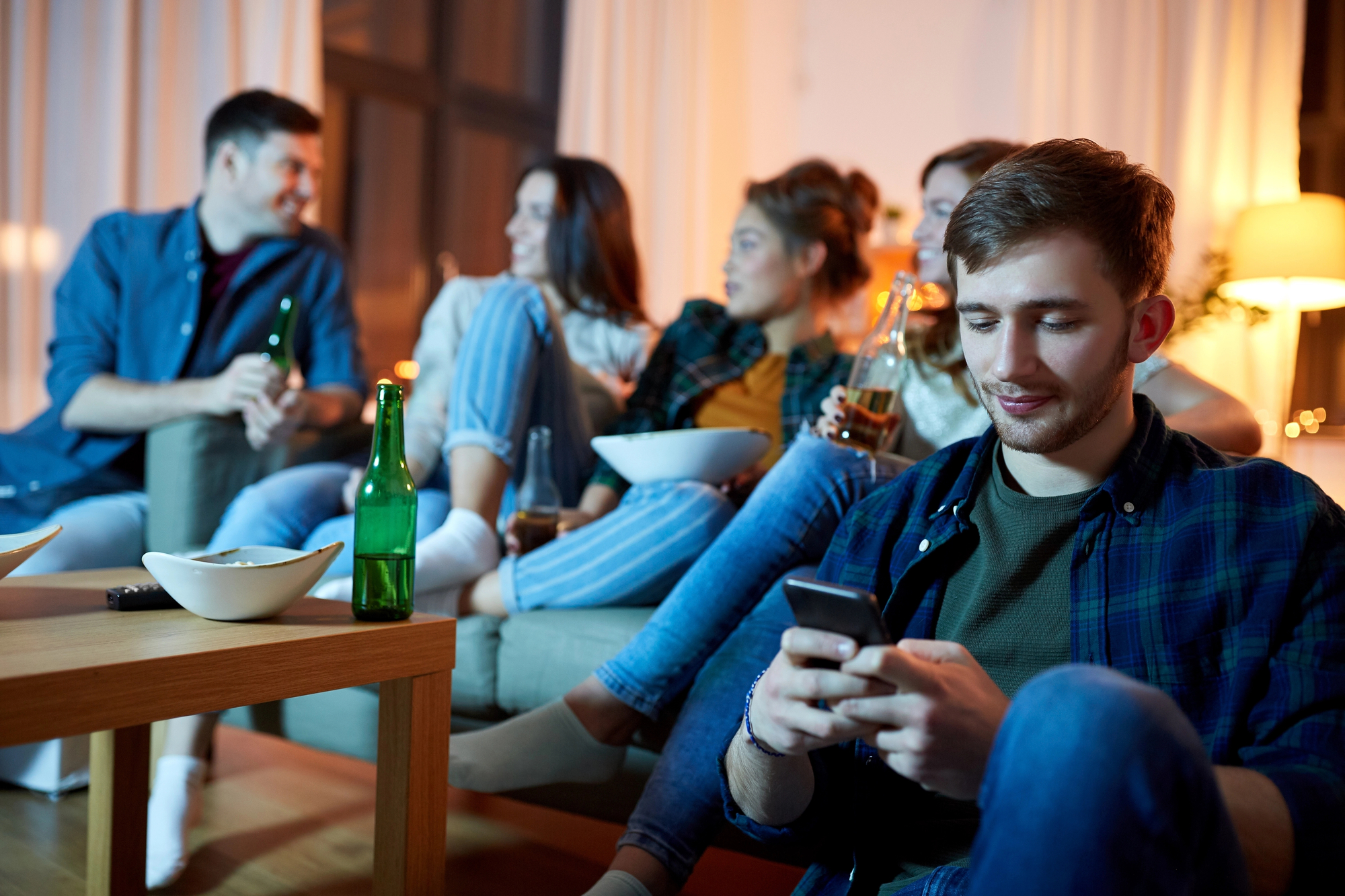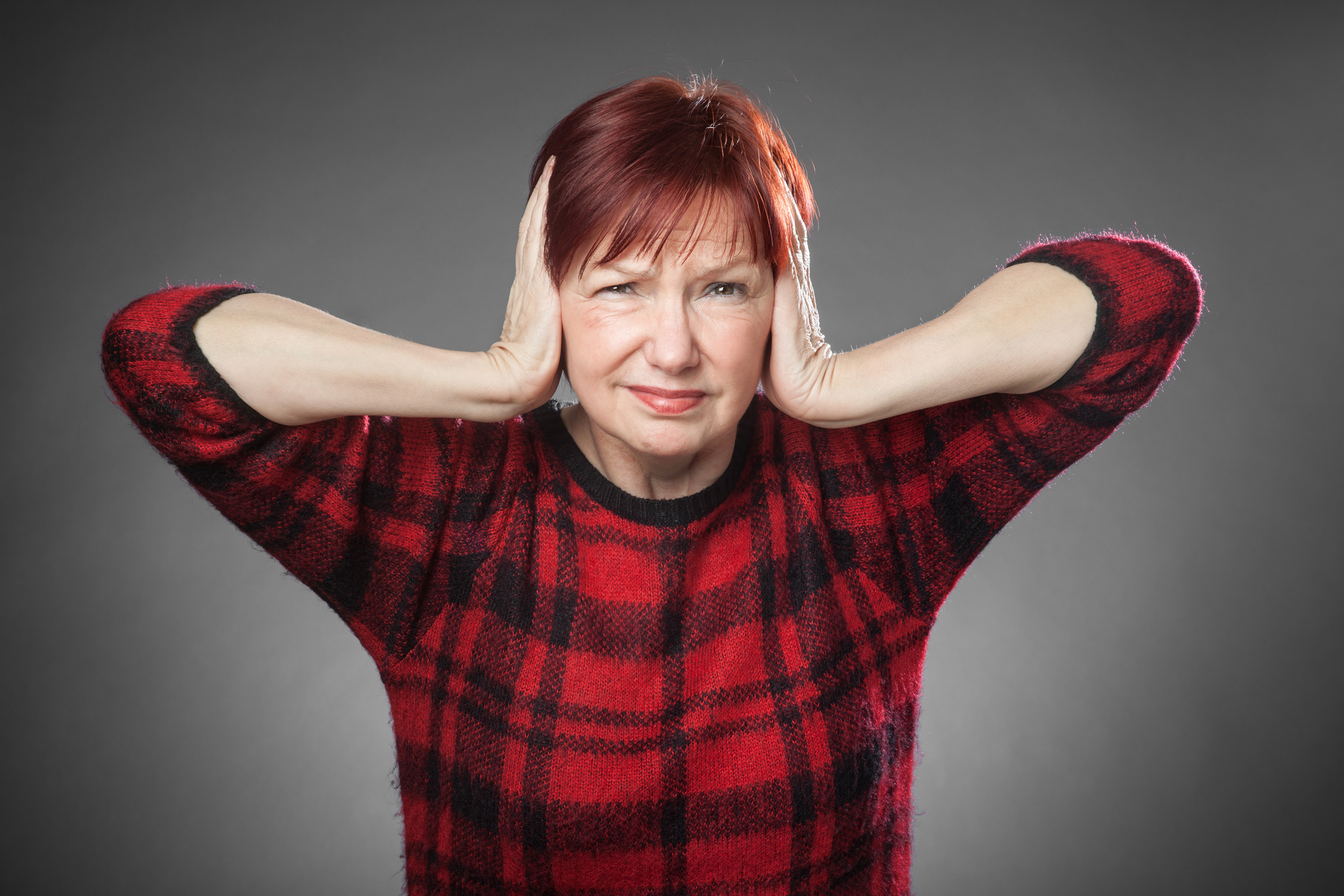Introverts hate these things.

The mind of an introvert is quite different to that of an extrovert. The reward center of their brain is activated by things an extrovert would find boring, and vice versa. Here are 10 things most introverts find extremely dull and bothersome.
1. Small talk.

Small talk is an important part of establishing conversation. It is a surface-level barrier that needs to be broken through to reach deeper subjects, hence “breaking the ice.” Many introverts dislike small talk because they feel it is a waste of time. However, small talk is necessary because most people will want to vibe on that surface level before plunging into deeper conversation.
2. Large social gatherings.

Activities like parties, networking events, and other large social gatherings may be overwhelming. Introverts may find their social battery depleted from just being in such a large social setting because of all the additional decisions required. Who do you talk to? How do you approach them? And the crowd itself is often a source of discomfort.
3. Constant social interaction without regular breaks.

An extrovert is far less likely to need a break from people than an introvert. An introvert can drain their social battery down to nothing if they aren’t given any time to recharge. It’s helpful for them to step aside every once in a while during a social gathering so they can stay involved. “I need some fresh air” is a great reason to step outside for a few minutes of rest.
4. Intense social activities like group work.

Projects with multiple people are often a headache to begin with just from an organizational standpoint. They get more frustrating with difficult people involved. Introverts are generally okay in small groups of people they know and vibe with, but they may find themselves drained when working with a group of people they don’t vibe with.
5. Unexpected social encounters.

Many introverts want to mentally prepare themselves before going into a social situation. They may spend some extra time with themselves or mentally plan out the encounter. However, you can’t plan for an unexpected social encounter. They may find it uncomfortable or challenging to be thrust into an unexpected social situation.
6. Environments with little privacy.

Introverts may be overwhelmed in situations that require being around large groups of people though not necessarily interacting. It could be something like working in an open office. It’s difficult for some people to concentrate and focus on their tasks with other people buzzing around. They may be creating a lot of background noise or poking their nose into the introvert’s space which is stressful and draining.
7. Phone calls.

Gone are the days when phone conversation was the primary method of long-distance communication. An introvert is more able to screen their calls, decide who to answer, and who to call back. Still, that doesn’t prevent anxiety when making or receiving calls, expected or not. Plus, if the call is unexpected, one may not have time to mentally prepare for it.
8. Being the center of attention.

Anyone can be uncomfortable as the center of attention, though introverts are more likely to be uncomfortable than extroverts. Situations like public speaking, receiving an award, or being celebrated all put you at the center of everyone’s attention. That can be especially difficult for the introvert because they may feel easily overwhelmed by so many social choices.
9. Forced social interactions.

Forced social activities may feel arbitrary and shallow. They are an additional expense of the introvert’s time and emotional battery. An introvert may be less inclined to seek out interaction when they are forced into a social situation. However, we don’t always get the choice. And if it is a spontaneously forced social interaction, the introvert may not do well because their social battery is still tapped.
10. Loud environments.

Loud environments may be overstimulating and feel more socially draining than normal. An introvert may find busy restaurants, concerts, and crowded public spaces difficult to be in because they are a regular drain on their social battery. Still, introverts can be okay in these environments if they have a chance to prepare themselves for it or to take measures to lower the sound (like earplugs).









